|
This week we’ll go over some design tips that I read in a recent article on Houzz.com called "7 Major Decorating Mistakes and How to Avoid Them." Even if you like interior design like I do, it can be intimidating to decorate an entire house. But information like this will give us some guidance and a little more confidence when making decisions about our decor. Mistake 1: Choosing Paint First Paint goes EVERYWHERE. And although it has such a prominent presence in our houses, it usually doesn’t make sense for paint to be the first thing you choose. Because there are so many paint colors available, you can usually find lots of options that will work with your furnishings and decor. So that’s the mistake, here’s the solution…. Solution: First settle on some of your essential fabrics, furnishings and accessories, then pick coordinating colors of paint. Do this because looking for furnishings to go with a specific paint color can be difficult. There are literally hundreds to thousands of paint color options in various light to dark shades that will go with just about any decor pieces. A good rule of thumb for designing almost any room is to first choose furnishings and materials that have the most limited options. Then move on to choosing coordinating items with a broader range of selections. For example, first choose a sofa in a fabric, size, comfort level, quality and budget that you like. You may find 3-10 options that would work. Then move to the accent chairs and accessories. And finally move to paint because there are so, so many paint choices. Plus choosing your furnishings, rugs and larger pieces first will help you narrow down your selection of the wall colors. If you start by looking through hundreds of paint colors, it can be overwhelming. The only exception to this suggestion is if you have a favorite paint color and can’t stop thinking about it. In that case, you can try choosing the wall color first, but know that it will probably be more frustrating and time consuming to find coordinating furnishings. Mistake 2: Buying Furniture Without Measuring It’s hard to judge the scale of furniture when it’s sitting in a store, showroom, and especially if it’s shown online. Beautiful sofas or tables that are too large or too small for your space will take away from the appeal of those pieces and take away from the appeal of the overall room. Solution: Know the ideal measurements that you need for furniture, lighting and artwork for each room in your house. Also note whether going about 3 inches above or below those ideal measurements might work, just in case you find something that you really like that is almost the ideal size. After you’ve figured out the sizes that you need, let the dimensions, not just your eyes, guide your decisions. To figure out ideal dimensions for your furniture and artwork, you can draw your room dimensions to scale on a piece of graph paper. You can make 1, 2 or 3 squares on the graph paper equivalent to one foot. Make sure you add windows and doors to your room drawing. Then using pencil, erasable pencil, draw in the major furniture pieces. You’ll likely use your eraser a lot when you are first trying things out. When you have a general idea of the scale of furniture needed, you might want to cut out some appropriately sized paper furniture pieces and move them around the graph paper room to see what arrangement allows for the best flow and function. Alternatively, or in addition, you can use an online room planning tool or app that will give you a more realistic look at the room and furnishings you’re planning. I usually start with graph paper, then play around with an online tool. There are many free virtual and paid room planners out there. Just do a Google search. Ikea has one that I’ve never tried, but heard good things about. I’ve used one at Roomstyler.com. It’s fairly simple. That site also has templates for virtual inspiration mood boards (FYI). Okay, after you have done the planning on paper and/or online, if you’re extra paranoid or have any questions about whether the furniture pieces you’re considering will work, take a tape measure and some painters tape and go to your house site. Mark out the length and width of the pieces you’re thinking about purchasing. I recently did this with the dimensions of a fireplace I was wondering about. After I taped out the dimensions on the wall, I quickly saw that I needed to increase the size of the fireplace. Finally, create a room by room list of the furniture measurements needed. Always have that list with you either in your car or on your phone so it’s close by if you happen to see a piece of furniture or art that you like. And if you fall in love with something out of your size range, ask if it comes in different sizes. Or jot down its measurements and tape it off in your space to see if it might work for you. Mistake 3: Shopping in Just One Store According to this Houzz article “one-stop shopping is all the rage these days, but furnishing your entire home (or even just one room) from the same store, tends to result in a much less interesting visual story than taking some time to shop around.” Solution: I think it’s probably okay to get a few pieces from one store, but you want your rooms to look you, not like a Pottery Barn or Restoration Hardware showroom or catalogue. So limit the number of pieces you get from one brand. You can also shop at brick and mortar and online stores that carry several different design lines and brands (think Wayfair or Overstock). Plus add in a few vintage or custom pieces. This will help avoid a copy cat look in your house and will ensure that your home will be uniquely yours. Mistake 4: Buying a Matching Set of Furniture This goes along with the one-stop shopping mistake that we just talked about. Most designers say that matching “sets,” such as a bedroom suite or matching sofa, love seat and chairs are a no-no. A room where all the furniture pieces share the same shape, scale and fabric is, well… boring. And frankly, it looks less sophisticated and less expensive than a room that mixes coordinated, but varied pieces. Solution: First choose a major piece or two from one set. Choose those major pieces based on the 3 F’s that we talked about in episode 203 called Your Home’s Interior Design: What to Do and Where to Start, Part 1. Aright: Pop quiz: Do you remember the 3 Fs of design? The 3 Fs that we discussed will help you begin your room design. Those F’s stand for Function, Focal point and Feeling. Take a listen to episode 203 for more about that. So, after you select a piece or two from one set, look to a different line, brand or style for furniture that coordinates, without perfectly matching. Vary details like color, materials, finishes, textures, shapes, scale, patterns, and styles. Now remember, everything should coordinate or go together, but not be matchy matchy. Although exactly matching too many pieces is definitely not recommended, using a few of the same details throughout a room and throughout the entire house will help pieces relate and give the spaces some cohesion. For more information about how to make your spaces cohesive without being matchy matchy, take a listen to episode 204. It’s the second part of that Interior design episode. Mistake 5: Never Making a Bold Choice You don’t want to make bold design choices hastily or without contemplation, but we shouldn’t be afraid to thoughtfully include a few unexpected or adventurous decor decisions that add interest to your space. Without bold choices, your house becomes uninspiring and bland. Solution: Take a little risk. Add a touch of drama, moodiness or whimsy with bold accent colors, artwork, accessories, rugs or lighting fixtures. Balance boldness with more subtle, neutral items. And remember that you can always switch out your bold choices if over time those bold choices just don’t feel right. You might want to limit your bold selections (unless you love them) to things that are not too expensive and to things that can be changed fairly easily like artwork, paint color, removable wallpaper, an accent chair or ottoman, rugs and accessories. Mistake 6: Making Everything Bold Houzz says “the opposite of the previous mistake is to expect every piece you invest in to be the dazzling showstopper. Even in very dramatic spaces, some elements must be the simple staples that take a back seat to the focal points.” That’s so the focal points can be shining stars they are supposed to be. If everything in the space is bold, then nothing in the space feels especially bold or special. And none of your focal points get the attention and appreciation they deserve. Solution: After you’ve chosen one or two bold focal points like artwork, tile, cabinet color, or an accent chair, let other pieces in the room be relatively simple—a supporting cast to those focal points shining stars in the space. (If you are a maximalist... disregard) Mistake 7: Not Letting Go of the Past I know that you might want to keep a few sentimental pieces even if they’re now worn, unattractive, outdated and/or not functional. But if you include too many of those flawed sentimental pieces in your house, your design will severely suffer. Your space won’t be as fresh and functional as it could be. And let’s call it what it often is… clutter. Houses cluttered with out-of-style and damaged furniture and accessories can make a brand new house feel dated. Spaces cluttered with too much unnecessary stuff can take on an old lady, grandma vibe that most people want to avoid. Even most older ladies building a new house typically want to avoid the old lady vibe. That vibe is the vibe I remember from my Aunt Margie’s house. Aunt Margie raised my mother and she was really more like a grandmother to me. She greatly influenced me in the best ways, but what I don’t want to take from her is her home decor style. She never threw or gave anything away. She had stuff everywhere. including lots of tchotchkes, which she called "what nots." So whenever I’m unsure about whether to buy something or keep something, I ask myself, Is this old lady like? Would Aunt Margie have this in her house? Some things from the past are good, but there are some things from the past that you just need to let go. Solution: Look at all of your things with fresh eyes or have an honest, stylish friend or family member help you decide what items are worthy of going to your new home. Now, not everything in your house needs to be new. Older things ground your space and give it soul. But if your older things aren’t classic, functional and in fairly good shape, strongly consider refurbishing, donating, or selling them. And keep in mind that your house can feel cozy without being cluttered. If you know you have a lot of stuff from your past that you need to get rid of take a listen to Episodes 229 and 230 called "Decluttering Gradually, Months Before You Move." So our list of design mistakes to avoid: 1. Choosing paint first 2. Buying furniture without measuring 3. Shopping in just one store 4. Buying a matching set of furniture 5. Never making a bold choice 6. Making everything bold 7. Not letting go of the past Make sure you subscribe to the show, so new episodes come to you as soon as they are released. If you find the podcast/blog helpful [and I bet you do since you've read down this far ;-) ] you can give back to the show/blog. The best way to support us is by sharing posts/episodes and sharing why you like the show within reviews, your social media posts or just in conversation. If you’re in a homebuilding or design social media group, let them know about us. Spreading the word about the podcast/blog really does help me. If you’ve already shared, I really appreciate you. Thank you for doing that. That’s all I have for you this week. Thank you for joining me. Please remember that the purpose of this podcast is simply to educate and inform. It is not a substitute for professional advice. The information that you hear is based the only on the opinions, research and experiences of my guests and myself. That information might be incomplete and it’s subject to change, so it may not apply to your project. In addition, building codes and requirements vary from region to region, so always consult a professional about specific recommendations for your home.
0 Comments
Your comment will be posted after it is approved.
Leave a Reply. |
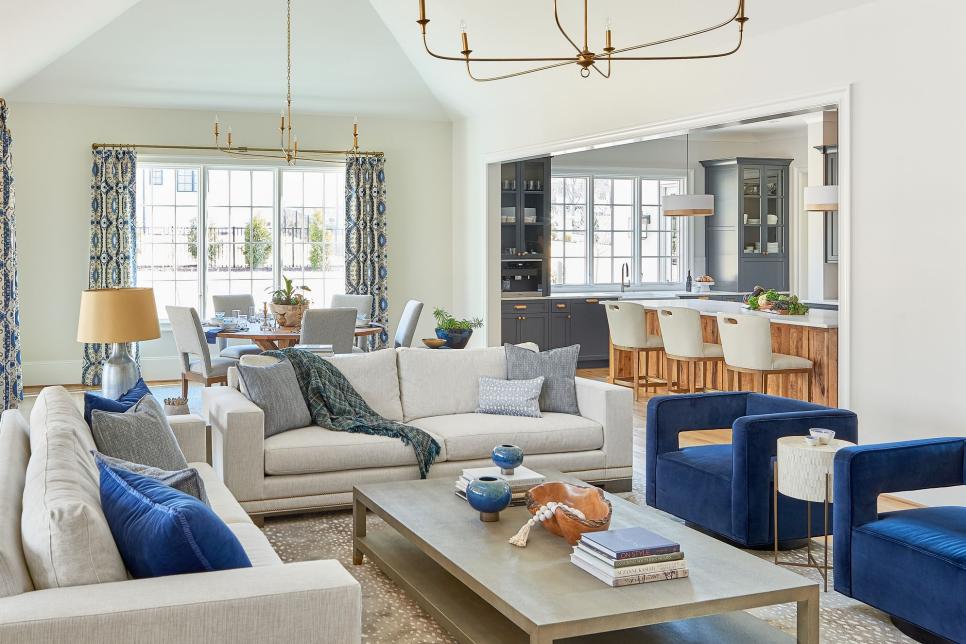
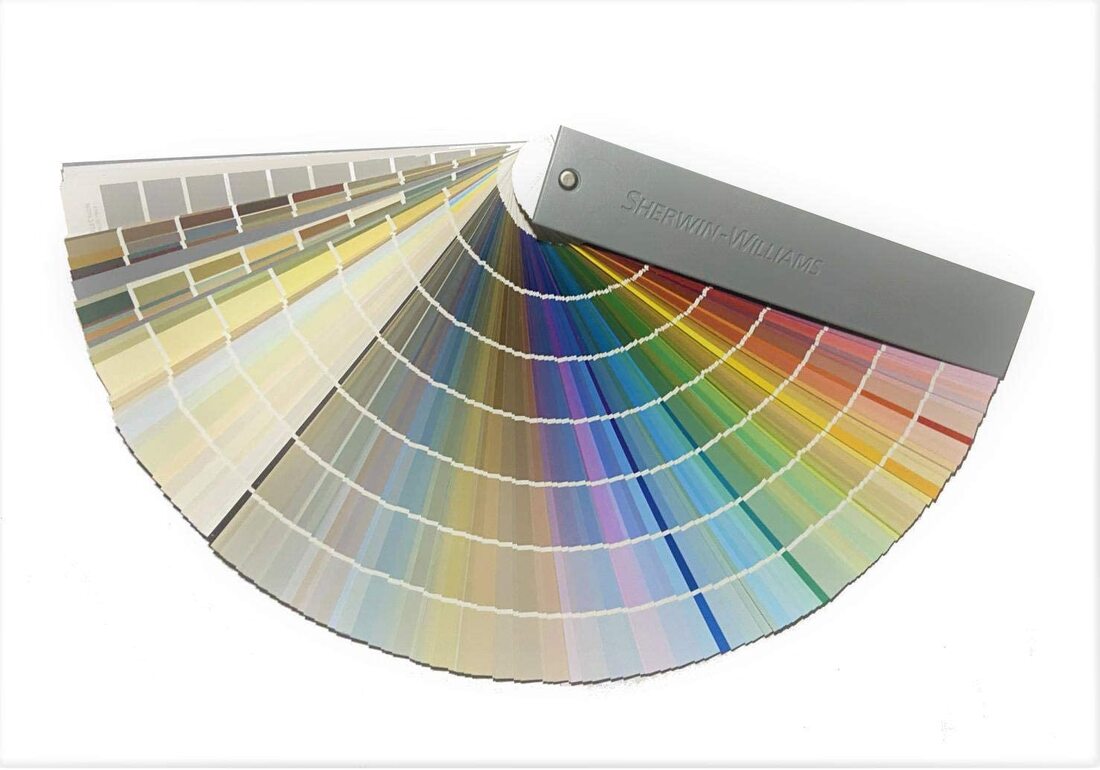
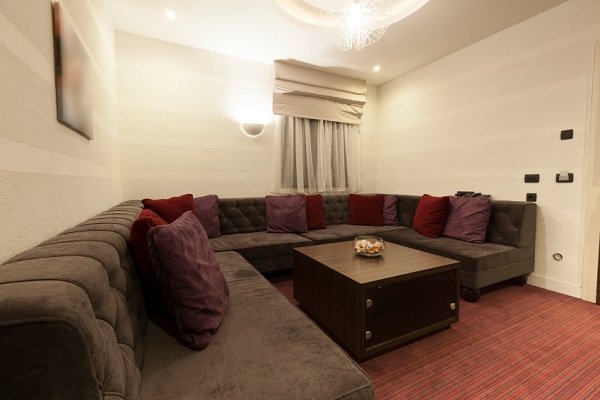
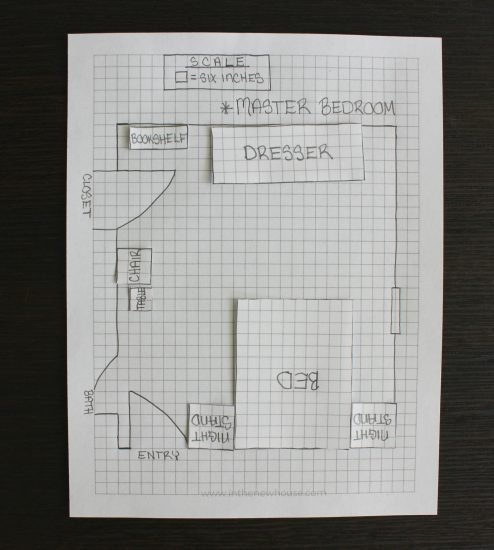
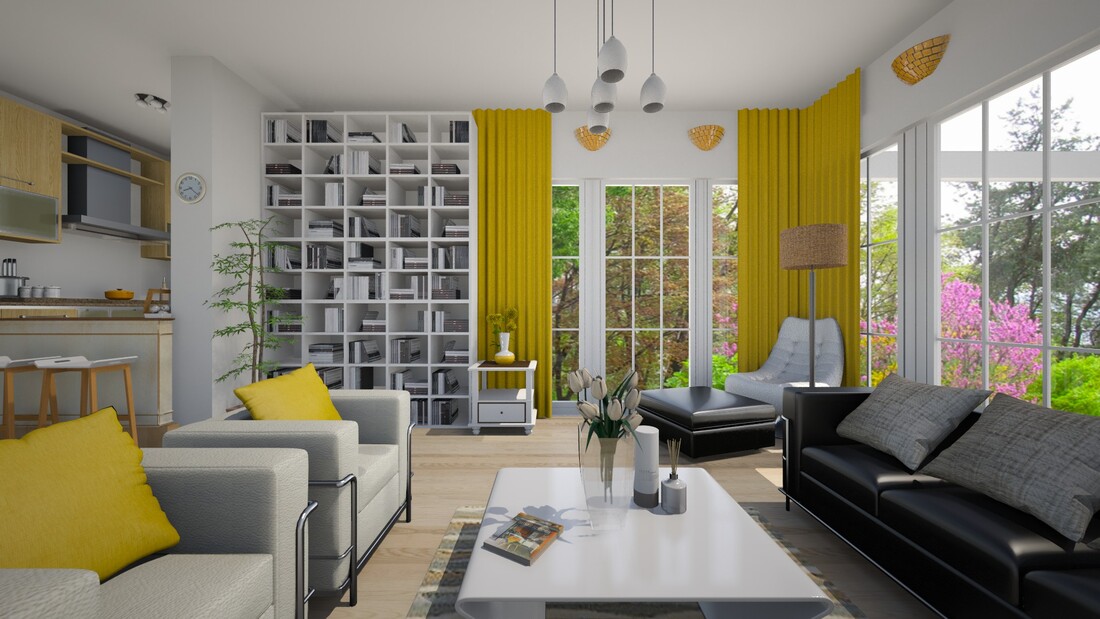
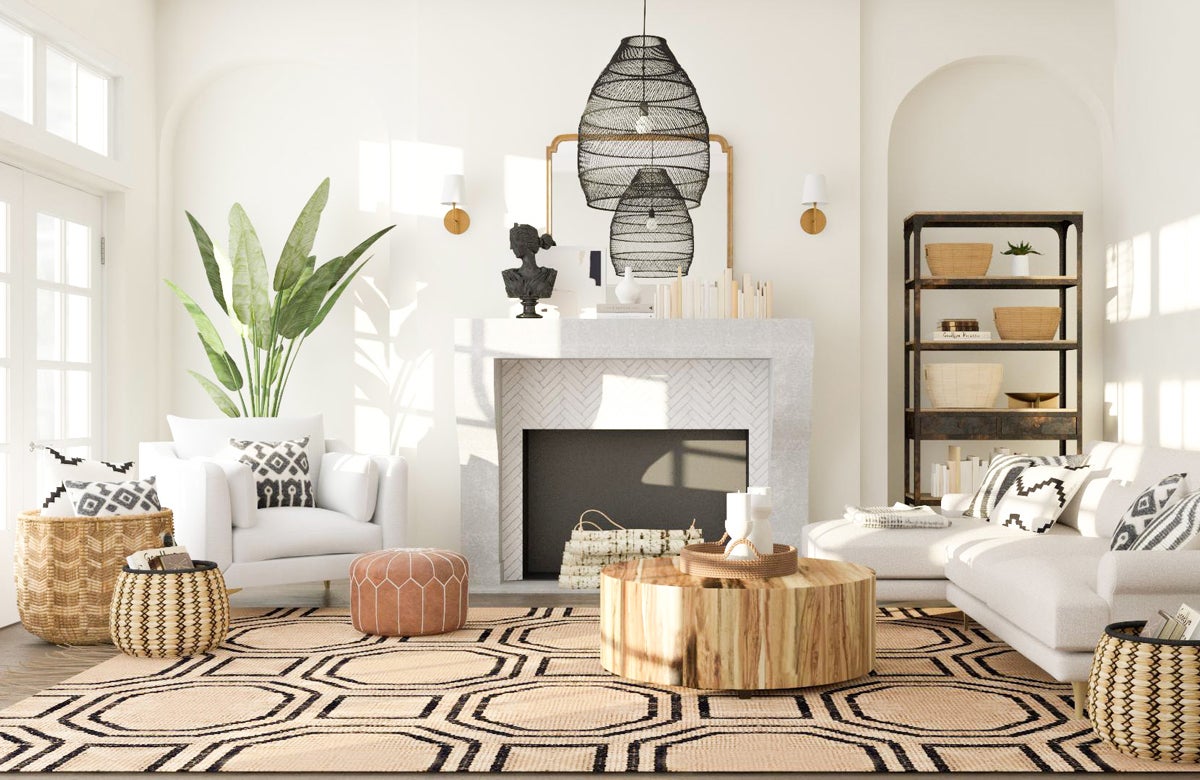
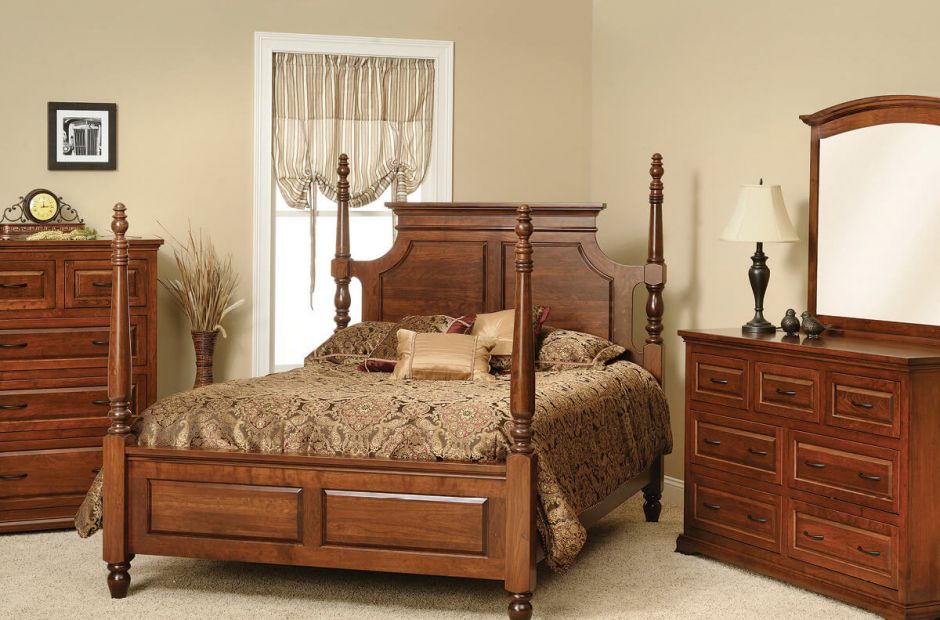
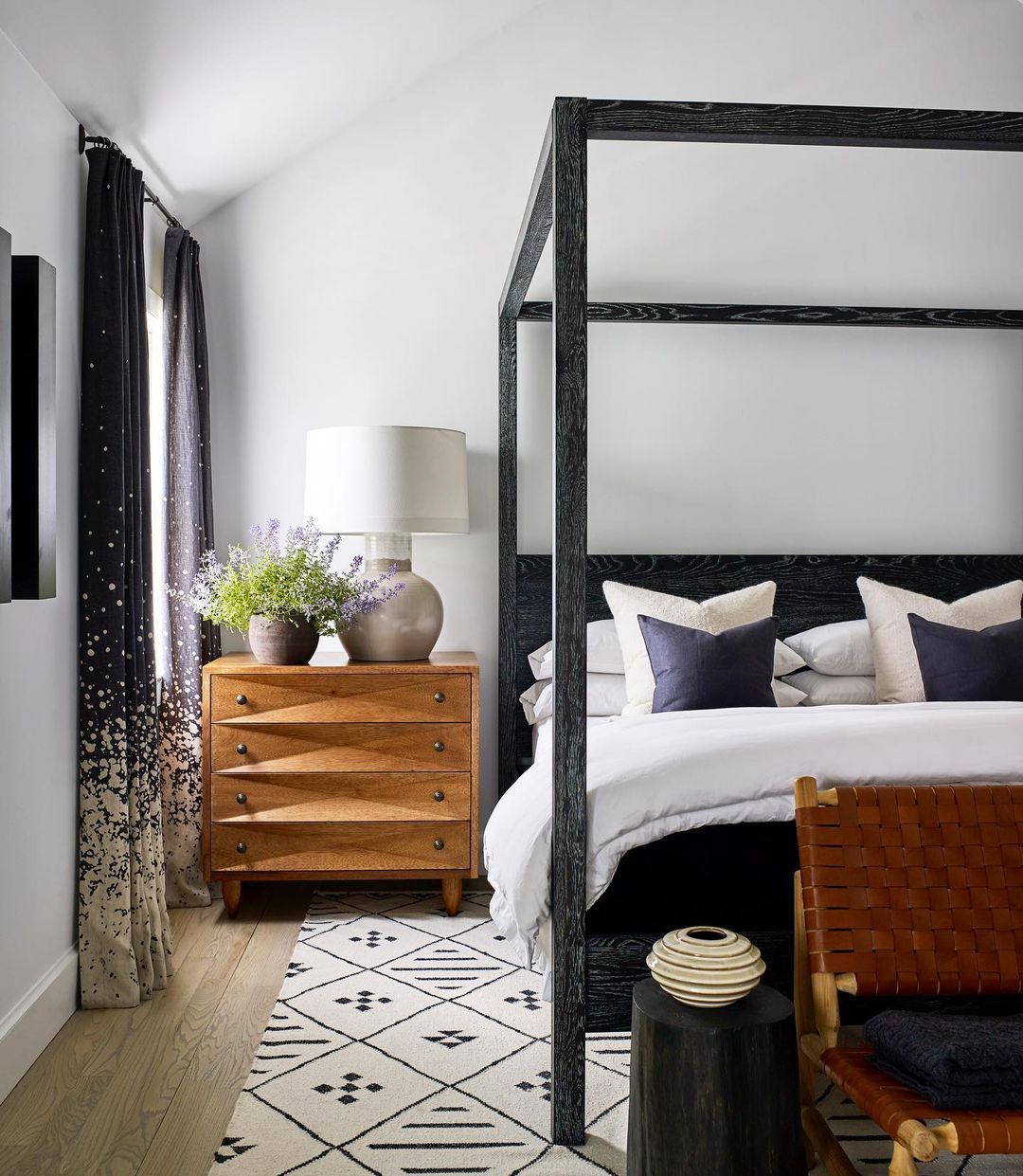
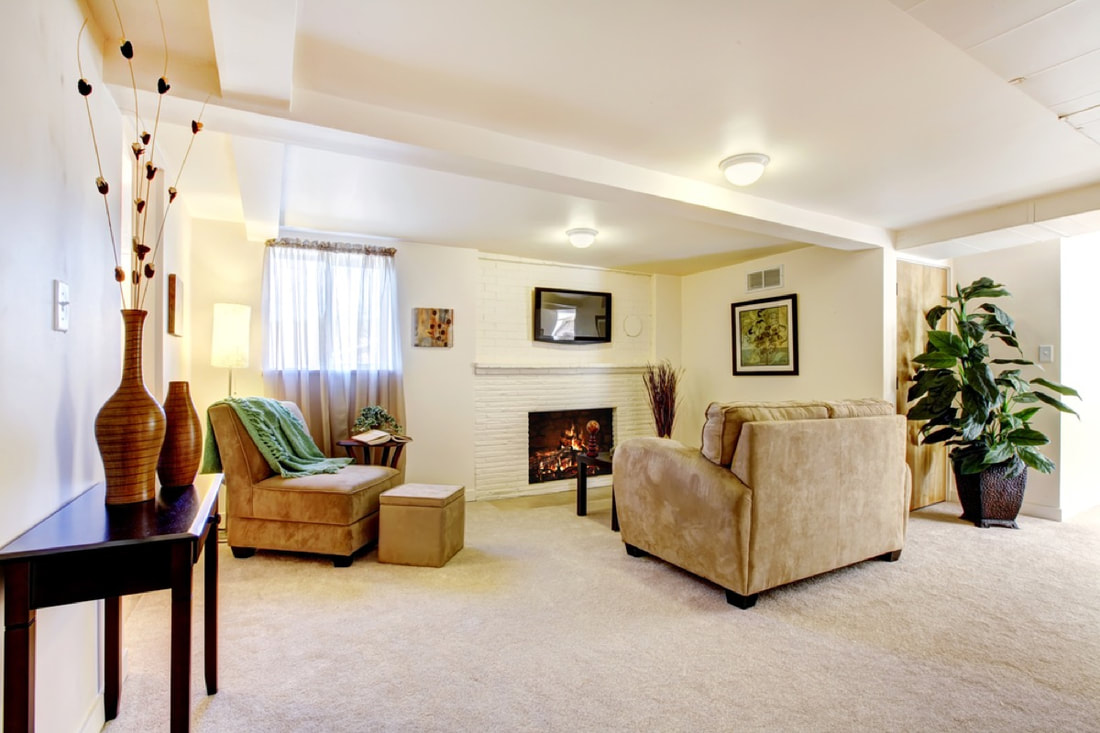
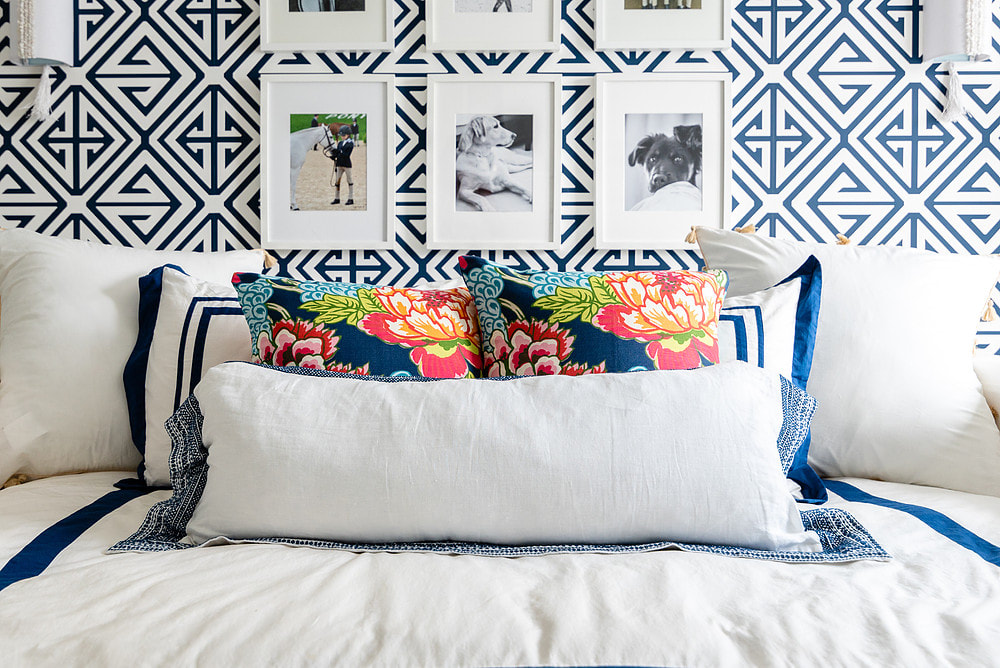
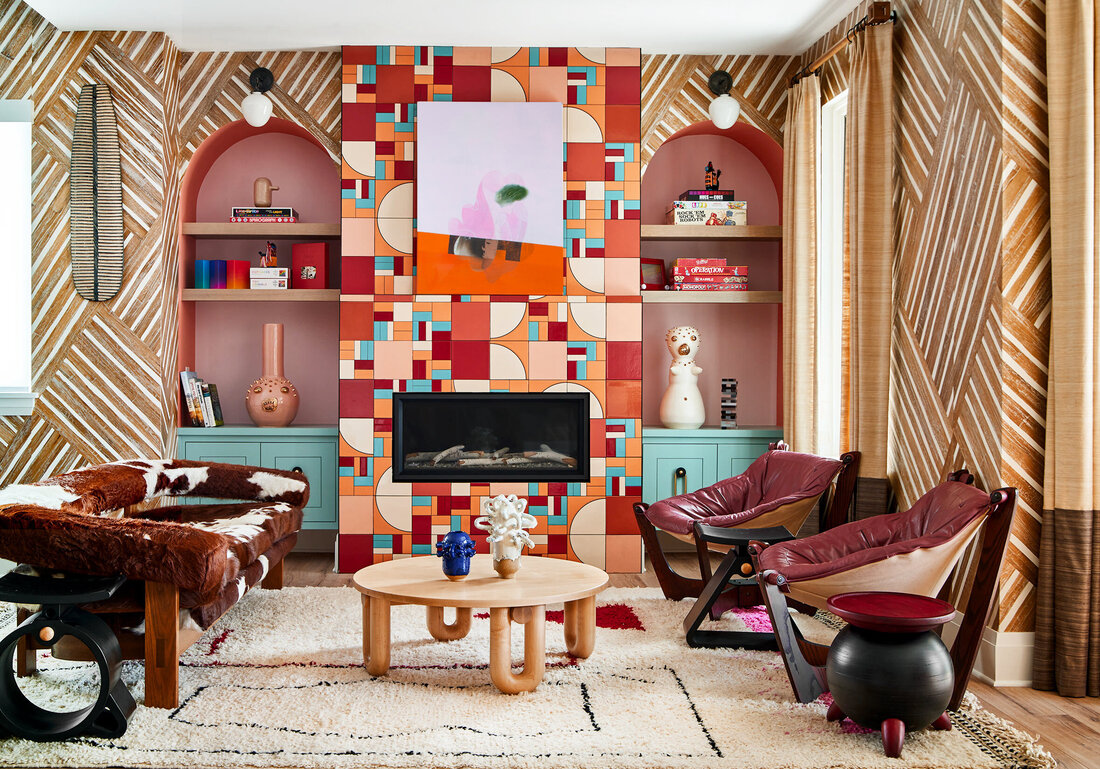
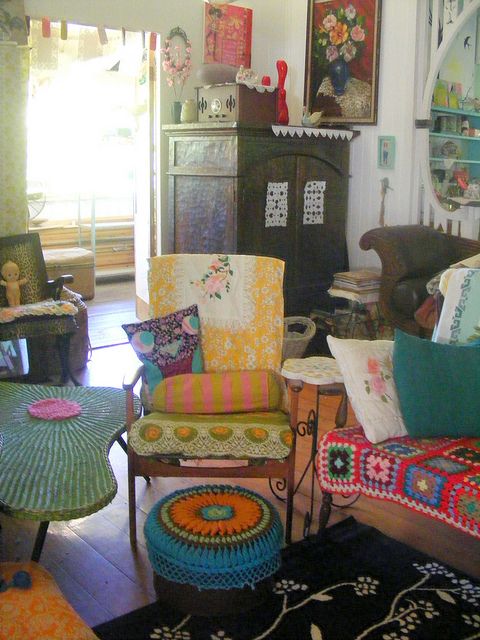
 RSS Feed
RSS Feed